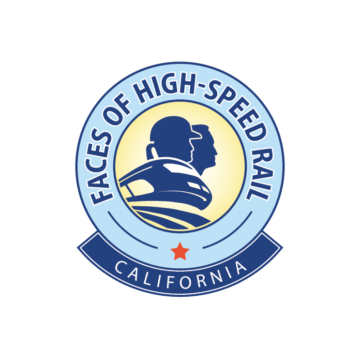 Faces of HSR
Faces of HSR
Meet the people making high-speed rail a reality in California, from the men and women building high-speed rail in California’s Central Valley to our committed staff in our headquarters and regional offices. As one of the largest infrastructure projects in the United States and the largest in California, delivering the nation’s first high-speed rail system requires a diversity of knowledge and skill from multiple fields and specialties. Here, we will highlight some of the dedicated individuals lending their time and talent to help build high-speed rail.
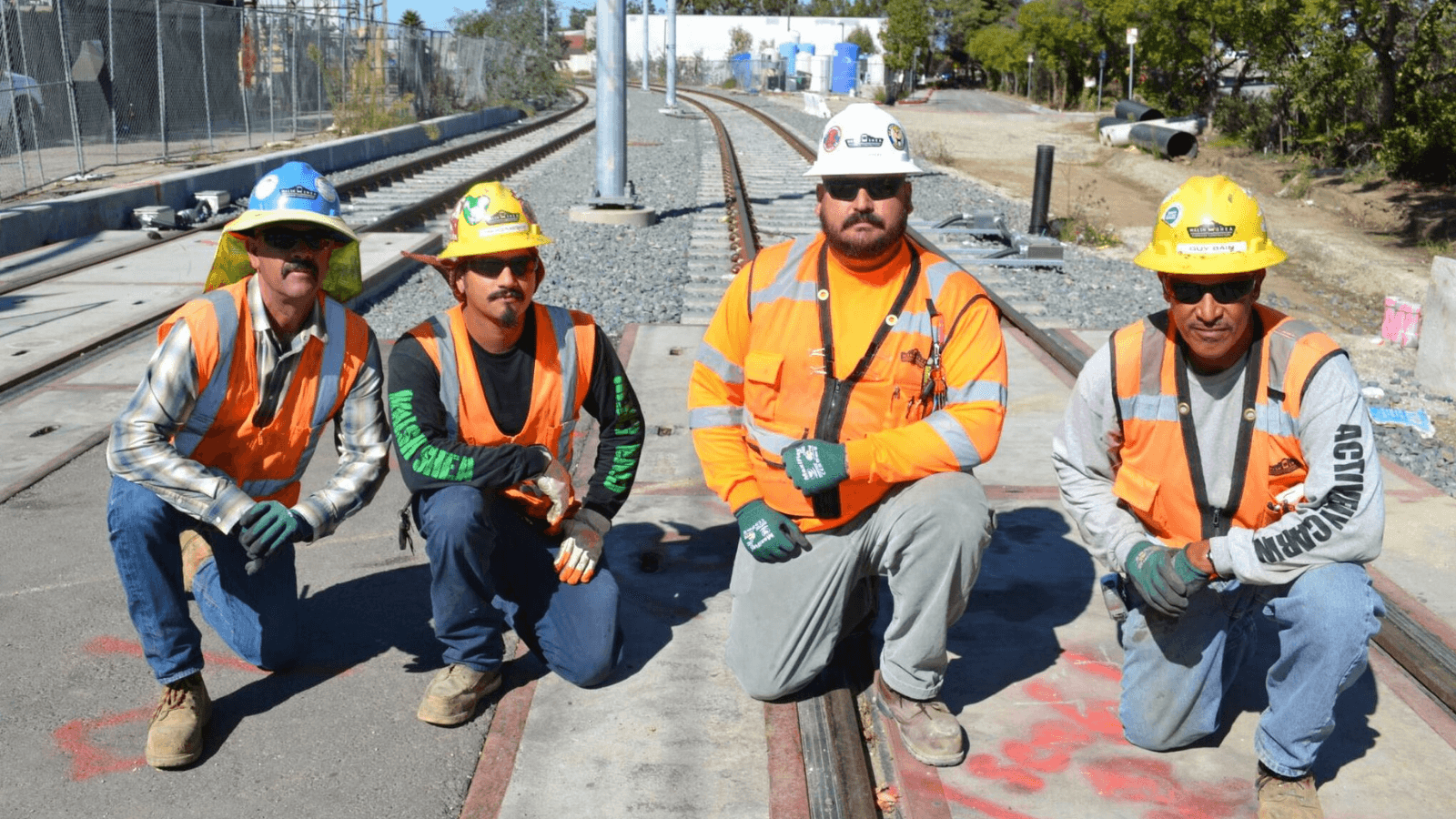

During Hispanic Heritage Month, we want to celebrate the many contributions Hispanic Americans have made to California and the United States. California a state whose history is uniquely intertwined and influenced by Hispanic cultures and peoples, so it is important to us as a state agency to recognize this annual celebration. As part of the event, we’re featuring Hispanic staff who are using their talents to contribute to this historic project. See what they have to say about the celebration and high-speed rail.

Melissa Figueroa, Chief of Strategic Communications
What does Hispanic Heritage Month mean to you?
Living in California, the Hispanic culture is around us all the time. For me, the month signifies an opportunity to really highlight what makes all of us so important to California and to the United States as a whole.
What drew you to the high-speed rail project?
There is no project bigger and more impactful in transportation right now than high-speed rail. We’re paving the way for how people move around this state, and the country for years to come. The ability to talk to and hear from the public about what this project means to them is the best form of public service. As a Latina woman it’s imperative to me that our staff is diverse as the state we represent – I’m proud that we as an organization are working to make sure we’re serving, educating and informing the communities we touch in the ways the work for them. The focus on diversity, equity and inclusion here at high-speed rail is one that inspires me and makes me want to work even harder in my role.
What benefits of high-speed rail are you most excited for?
Getting to Southern California to see my family (and the Dodgers!) in less than 3 hours.

Toni Tinoco, Central Valley Deputy Regional Director
What does Hispanic Heritage Month mean to you?
This month we recognize the richness of our culture and the many incredible contributions made by Latinx communities to the U.S. As a Chicana, I take pride in knowing I am one of many working to ensure our community has access to education, is represented in the workforce and has a voice in all aspects of government.
What drew you to the high-speed rail project?
I chose to work on the high-speed rail project because I knew the Central Valley needed change. High-speed rail is a game changer for my community and gives us the opportunity to be linked to the northern and southern parts of California in ways we’ve never seen before.
What benefits of high-speed rail are you most excited for?
I am most excited about getting cars off the road and more people using a system that contributes to a cleaner California! High-speed rail offers a way to help the Central Valley’s persistent problems with poor air quality.

Anthony Lopez, Information Officer
What does Hispanic Heritage Month mean to you?
Hispanic Heritage Month is an opportunity to appreciate and acknowledge the Latin cultures that shape my community. It’s a celebration of fantastic food, rhythmic music, vibrant art, and a chance to recognize the people who have contributed so much to uplift society for future generations.
What drew you to the high-speed rail project?
It’s a privilege to help build the nation’s first high-speed rail system. I believe that environmentally friendly public transportation is the foundation for livable cities and a sustainable economy.
What benefits of high-speed rail are you most excited for?
I look forward to using high-speed rail to extend my weekend bike rides to places like Kings Canyon National Park and Santa Monica State Beach.
Recognizing AAPI Contributions to American Rail
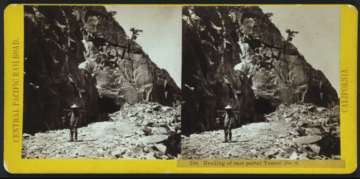 As we look forward to delivering an extraordinary rail project for the State of California and look back upon the history of rail in the state, it becomes clear the story of rail is fraught with both legacies of exploitation and of heroism.
As we look forward to delivering an extraordinary rail project for the State of California and look back upon the history of rail in the state, it becomes clear the story of rail is fraught with both legacies of exploitation and of heroism.
Between 1863 and 1869, as many as 20,000 Chinese workers immigrated to the United States to help build the dangerous western portion of the Central Pacific Railroad that began in Sacramento. Leland Stanford, Governor of California from 1862-1863 and president of the Central Pacific Railroad, remarked that the work was, “the most difficult yet, surmounted by any railroad in the United States if not Europe.”
Chinese workers laid tracks over mountain sides, ravines, and uneven land. Tasked with pushing the line through the High Sierras, workers laid the railroad bed through chilly passes at more than 7,000 feet. They labored through two of the worst winters on record, taking shelter in dugouts beneath the snow.
Yet, while white Californians situated in positions of power recognized the magnificence of the work performed by Chinese laborers, they were discriminated against and relegated to the most dangerous parts of the job. During construction, Chinese workers were paid 30% to 50% less than their white counterparts. Though the Central Pacific Railroad did not keep a record of Chinese deaths, Chinese civic organizations estimated at least 1,200 workers died along the route.
It is important to note that Chinese workers were not powerless in the face of this unjust treatment. On June 24, 1897, 3,000 workers from San Francisco to Truckee put down their tools and ceased working. Though the specific demands of workers have not survived in the historical record, it is safe to assume they wanted wage parity with white workers, reduced workdays, and reduced shifts in tunnels. Having gathered the strength to both organize and properly execute a strike, Chinese workers reasserted their autonomy in the face of unjust treatment.
The heroism of Chinese workers changed what mobility meant for Americans across the country. The transcontinental railroad allowed passengers to travel across the country in one week. This trip had previously taken more than a month.
Politicians across the country pointed to the transcontinental railroad as proof that the United States was leading the charge in the dawn of a new, industrialized era. They pinned much of the country’s greatness on this technological feat. Though popular retellings of the American West have focused on white cowboys, the development of our nation is in large part due to actors who were not perceived as Americans. It is important for us to amplify stories like this one – stories that capture the rich heritage and contributions of Asian Americans and Pacific Islanders.
AAPI Heritage Month 2022

The Authority is celebrating Asian American Pacific Islander (AAPI) Heritage Month by highlighting some of our dedicated staff members and sharing their thoughts on the celebration and our mission. It’s important for us to take the time to recognize the contributions and influence of Asian Americans and Pacific Islander Americans to the history, culture, and achievements of both California and the United States.

Pam Mizukami, Chief Deputy Officer
What does AAPI Heritage Month mean to you?
Asian American & Pacific Islander (AAPI) Heritage Month is a time to celebrate, recognize, and honor our Asian and Pacific Islander communities and accomplishments. As a daughter of Japanese descendants who were incarcerated in internment camps during World War II (1942-1945), AAPI Heritage Month is an opportunity for me and other AAPIs to speak up and educate others about appreciating the diversity of other cultures and advocate for equity and safety.
What drew you to the high-speed rail project?
I knew that I wanted to be a part of one of the largest and transformational infrastructure projects in the nation. Being offered the chance to work on such a groundbreaking and exciting project that is not only environmentally conscious by reducing our carbon footprint but also creates thousands of job opportunities and embraces equity, inclusion and diversity in its workforce was an opportunity I could not pass up.
What benefits of the high-speed rail are you most excited for?
I am looking forward to being able to travel long distances in a shorter amount of time to fun and fabulous places! I am also excited to celebrate the hard work and successes that so many at the Authority have contributed to this project.

Dennis Domondon, Graphic Designer II
What does AAPI Heritage Month mean to you?
It means celebrating diversity and is one of the reasons that makes California unique.
What drew you to the high-speed rail project?
High-speed rail is something that the United States needs. I’m proud that California voted for this project and will be the first in the nation to build high speed rail.
What benefits of the high-speed rail are you most excited for?
I want to be able to travel south faster and more efficiently than driving.

Minming Wu Morri, Environmental Attorney
What does AAPI Heritage Month mean to you?
It’s a month to recognize this nation’s rich and diverse Asian American and Pacific Islander history and heritage, from a century ago when Chinese workers labored to build railroad tracks and roads, 50+ mile roads such as Yosemite National Park’s Tioga Pass or Wawona Road that made the wilderness more accessible to all, or to more than fifty years ago when Filipino farm workers in Delano organized alongside others for important labor, health, and safety protections, to today where Asian Americans are an integral part of almost every one of our communities from Hollywood to Silicon Valley to the Capitol.
What drew you to the high-speed rail project?
I think it’s the future because it moves us towards a greener transportation system, and I feel privileged to be a part of the project.
What benefits of the high-speed rail are you most excited for?
Getting from downtown SF to downtown LA in less than 3 hours. I’m also excited to experience the first continuous passenger rail ride from San Francisco to Los Angeles. I’m a big fan of riding trains. They’re comfortable rides where you can enjoy beautiful landscapes, and they’re accessible to everyone – the elderly who may not feel comfortable driving long stretches, young children excited to be on a train, etc.
Black History Month 2022

The Authority is celebrating Black History Month by highlighting some of our dedicated staff members and sharing their thoughts on the celebration and our mission. Black culture has deeply enriched American culture, music, art, literature, and sports. These contributions are a foundational pillar of our shared, American story. See some of the remarkable people contributing to the nation’s first high-speed rail system.
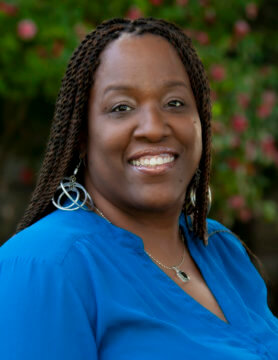
Catrina Blair, Chief, Process & Program Development Branch
What does Black History Month mean to you?
Black History Month is an extension of my continuous celebration of the contributions of black people in America. It feels good to see the many talented trailblazers, entrepreneurs, and scholars who are creating black history in real time, and I am honored to have a month dedicated to highlighting individuals of the past, who have paved the way for me and present who are paving the way for my children.
What drew you to the high-speed rail project?
I was honored to join High-Speed Rail initially to manage the department’s Small Business Program as the High-Speed Rail Small Business Advocate. I have passion for small businesses and have worked with small businesses for over 20 years. It is extremely rewarding to witness the success of entrepreneurs who are shaping our state in terms of economic growth and job opportunities, while providing essential products and services for the nation’s largest infrastructure project.
What benefits of the high-speed rail are you most excited for?
I am excited for the day that I can finally see the manifestation of all the hard work of everyone involved on the project. I am also looking forward to the day that I can take a day trip to SoCal.
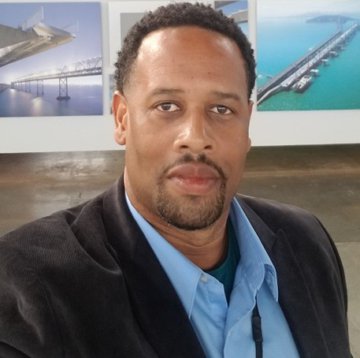
Damon Dorn, Small Business Team
What does Black History Month mean to you?
Black History Month to me is an opportunity to showcase black excellence in history, culture, entertainment, etc. The opportunity to shine a light on the achievements of not only Black Americans, but also the achievements by Black people around the globe.
What drew you to the high-speed rail project?
For me coming to the High-Speed Rail Authority meant being a part of something that has never been done before in the U.S. How many times in your life can you say that this will be the first time? This is an incredible project and opportunity for me personally, and I want to be part of it.
What benefits of the high-speed rail are you most excited for?
Right now, we are still a relatively small state agency, so the opportunity for growth is everywhere. The long-term scope of this project will connect the major cities of California. I envision the High-Speed Rail Authority to be one of the largest transportation agencies in the coming years.

Zerlinia Moore, Deputy Chief of Staff, Office of Program Delivery
What does Black History mean to you?
Black History to me means a time of rejoicing, celebrating, and thanking my people for giving us hope and a voice, and acknowledging the contributions they have made to our society. Black History isn’t just about all the bad times we’ve been through. It’s about integrity, leadership, and determination. It’s about showing our true character and the recognition of my race and culture that transcends the racist and imperial formation of the United States.
What drew you to the high-speed rail project?
Working on the nation’s first high-speed rail (HSR) program is exciting. I wanted to be a part of this historic and innovative project. The HSR project is amazing, and I am happy to be a valued member of the HSR team. I can’t wait to be able to travel to Los Angeles on the weekends or take a quick trip to Las Vegas without driving my car for hours.
What benefits of the high-speed rail are you most excited for?
Wow, where do I start? I am excited about the efficiency, improving our air quality, the jobs it will create, the economic benefits, the reduction in highway congestion, and the decrease in greenhouse gas emissions. As poverty rises, the HSR project will improve our quality of life and provide a means to access jobs and wealth.
The California High-Speed Rail Authority makes every effort to ensure the website and its contents meet mandated ADA requirements as per the California State mandated Web Content Accessibility Guidelines 2.0 Level AA standard. If you are looking for a particular document not located on the California High-Speed Rail Authority website, you may make a request for the document under the Public Records Act through the Public Records Act page. If you have any questions about the website or its contents, please contact the Authority at info@hsr.ca.gov.

